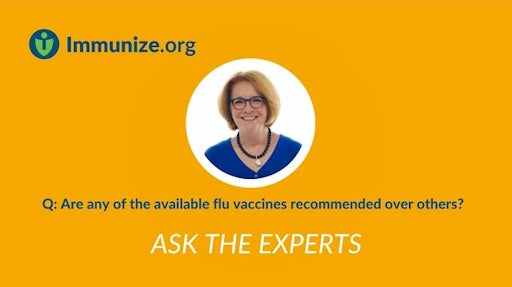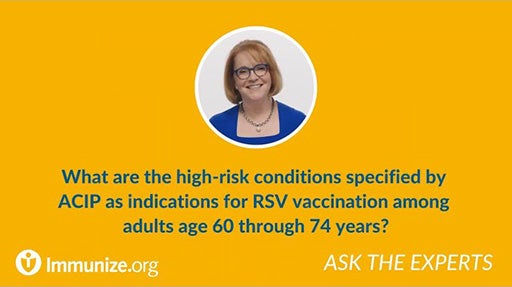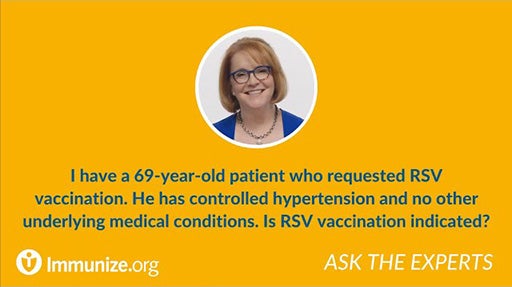In 2000, the first pneumococcal conjugate vaccine (PCV) was licensed in the U.S. This vaccine contained seven serotypes (4, 6B, 9V, 14, 18C, 19F, and 23F) of Streptococcus pneumoniae and became known as PCV7 (Prevnar by Wyeth, now Pfizer). Ten years later in February 2010, a new 13-valent product was licensed — PCV13 (Prevnar 13, Pfizer) — which added 6 new serotypes (1, 3, 5, 6A, 7F, and 19A). Together, these 13 serotypes accounted for the majority of invasive pneumococcal disease (IPD) in the U.S. at the time, including serotype 19A, which is the most common IPD-causing serotype in young children. In February 2010 ACIP recommended that healthcare providers transition from use of PCV7 to use of PCV13 for routine vaccination of children.
PCV7 was initially recommended for routine use in infants and children ages 2 through 59 months. The recommendations were expanded with the licensure of PCV13 to include vaccination of children age 60 through 71 months with underlying medical conditions, and also vaccination of older children, ages 6 through 18 years, with medical conditions placing them at increased risk of invasive pneumococcal disease.
PCVs were further updated with licensure for use in children of PCV15 in 2022 and PCV20 in 2023.


